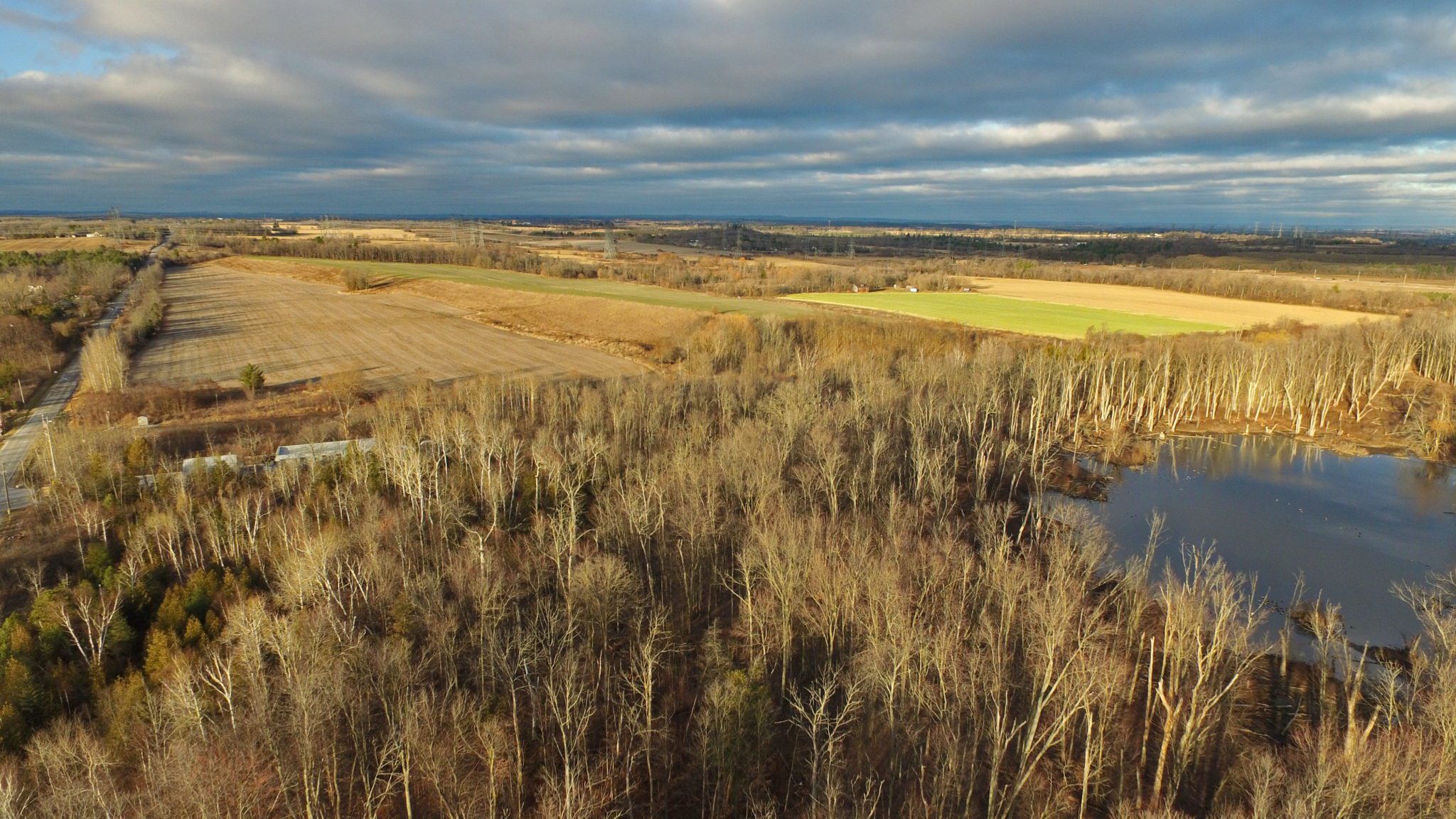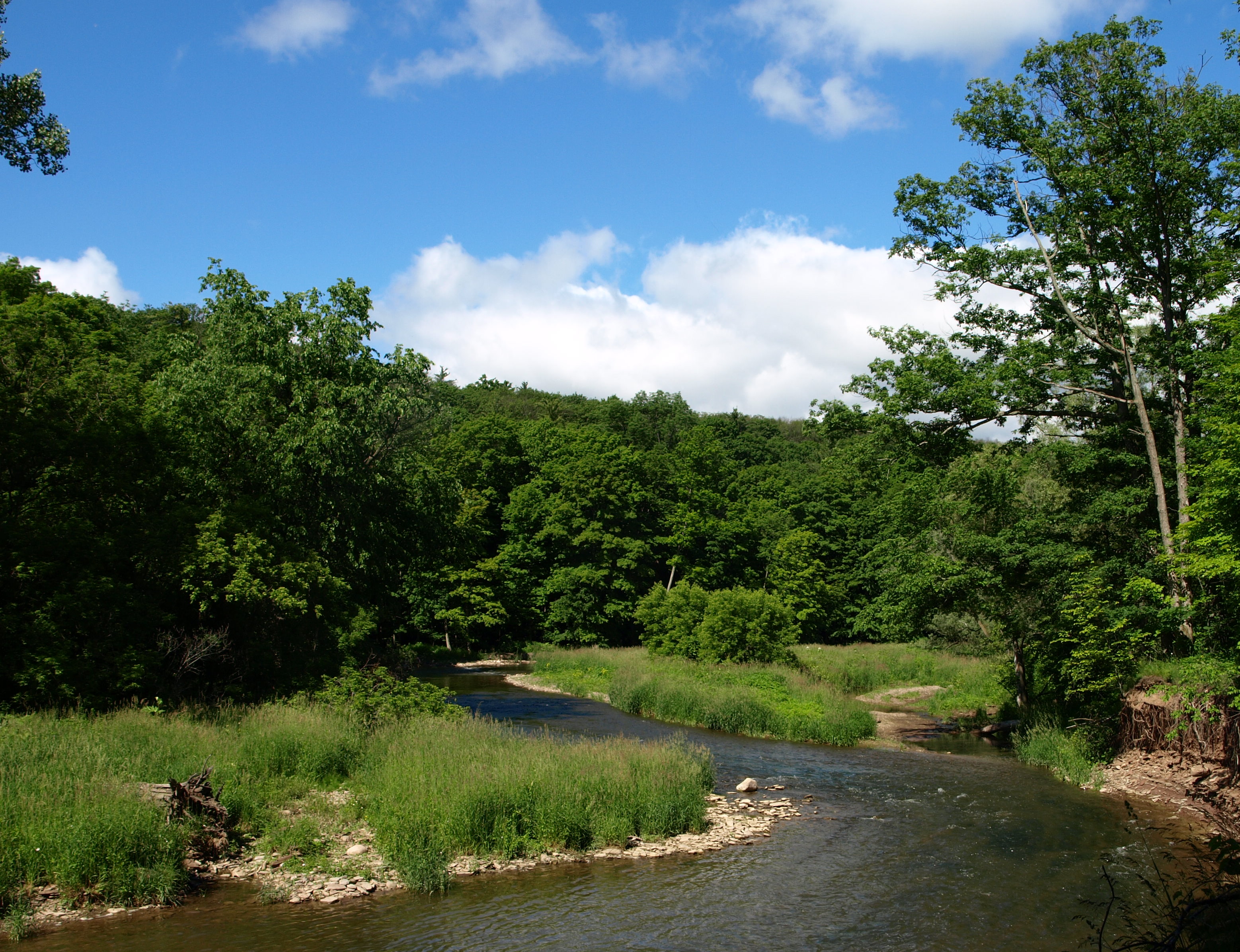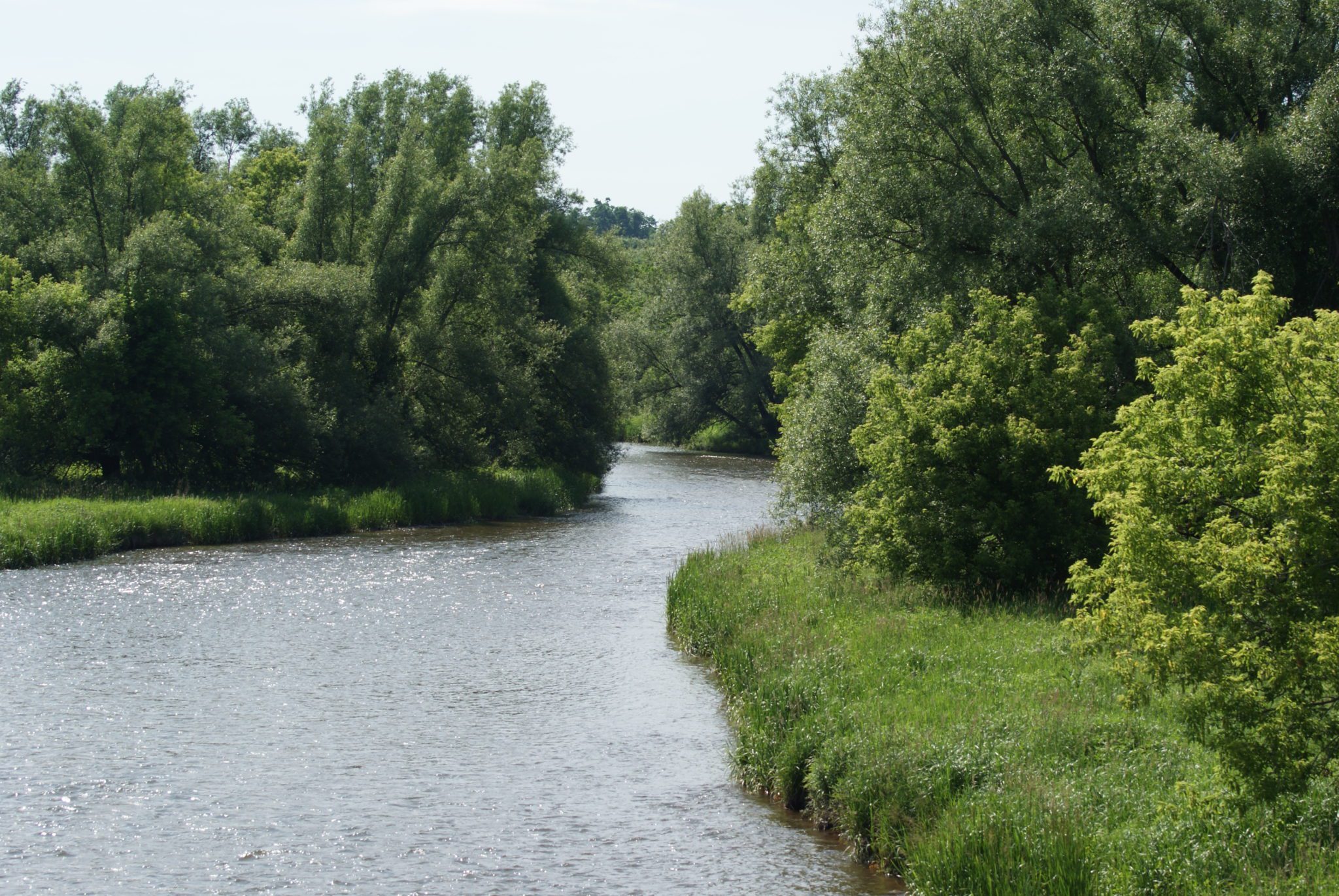
Fall 2022 and Spring 2023 brought a whirlwind onslaught of legal, regulatory and policy attacks on the Greenbelt, wetlands, forests, Conservation Authorities, renters, property taxpayers and good planning by the Ontario government. Most of these attacks were done without the completion of required public consultation and have largely excluded and ignored the input and views of the people, businesses and communities who will suffer the short- and long-term consequences.
But what should we all do now? Should we just sit back to watch chaos and destruction unfold in our communities? You won’t be surprised that our answer is a resounding “no!” Below, we describe the multiple avenues that we can follow together to slow, halt and reverse the damage the provincial government has inflicted.
Keeping Greenbelt Lands Green

On August 9th, Ontario’s Auditor General released her report investigating the removal of 7,400 acres of farms, forests and wetlands from the Greenbelt. Among her fifteen recommendations, she had three main conclusions. First, that lands removed from the Greenbelt favoured particular sprawl developers and will enable them to make up to $8.3 billion in windfall profits. Second, this action was taken despite clear and abundant evidence that lands in the Greenbelt are not required to meet Ontario’s housing supply needs. Third, that the decision to remove these lands should be revisited. The report also found that environmental screening criteria developed for the lands to be removed from the Greenbelt were discarded when they conflicted with the selection of lands for removal advocated by developers known to have close personal relationships with the Premier and the government.
The government responded to the Auditor General’s report by doubling down on its plans to move ahead with destruction of the Greenbelt properties and re-iterating lies about needing these Greenbelt lands to meet its housing targets.
Recent polling by the Alliance for a Livable Ontario, undertaken by Environics, shows that Ontario residents do not support the government’s plans: 83 per cent of those surveyed want to see homes developed in cities and not on the Greenbelt. A large majority also do not find the government’s messages on this issue credible.
Further investigation is now underway by Ontario’s Integrity Commissioner and more and more people and media outlets are demanding that the Ontario Provincial Police open a formal investigation of the Greenbelt removals under the Criminal Code of Canada.
Fortunately, despite the government’s promise to ignore the Auditor General and the people of Ontario, all of these lands, located in fifteen separate sites, lack the municipal zoning designations that must be made by City Councils that would permit housing, warehouses or other development projects to be built. They also lack roads, sewers, water lines and other infrastructure. As a result, citizens will have an opportunity to work with their City Council for each one of Greenbelt areas to ensure the Council votes to maintain the existing agricultural zoning. It is possible that once a Council votes to keep the existing farmland protection that the Minister of Municipal Affairs and Housing will issue a Minister’s Zoning Order (MZO) that will make the change to allow development despite the clear wishes of the city or town. However, Minister Clark has repeatedly promised never to use a MZO when the city or town does not ask for it.
If the Minister’s commitment turns out to be false (like his commitment and the Premier’s to never touch the Greenbelt), then the next line of defence will be the federal government. There are many areas of federal environmental protection jurisdiction that could be negatively affected by sprawl development on these Greenbelt lands. They include the Species at Risk Act, the Fisheries Act, the Migratory Birds Convention Act and the National Parks Act (for lands near a National Park). In addition, the federal government has made national and international commitments to increase the amount of protected land in Canada, conserve biodiversity and address climate change. Attacks on the Greenbelt undermine all of these goals and threaten the ecological values that the noted federal legislation is meant to protect.
The federal government will have an obligation to enforce its legislation after either a Council votes to rezone Greenbelt land from agricultural to residential or employment, or the Minister issues a MZO for the same purpose AND a developer has proposed an actual project that would have impacts on the values the federal government has authority to protect. Once that happens, it will be very important that we all reach out to Steven Guilbeault, the federal Minister of Environment and Climate Change, as well as our local federal Member of Parliament (MP), to ask that they take action to review and stop the impacts of the sprawl project. This will be particularly important because of the potential impacts of any development in DRAP on the federal cumulative effects study underway, for which the Terms of Reference were released on August 15th.
As of August 15th 2023, we are aware of two active proposals for rezoning of Greenbelt lands and draft proposals for sprawl subdivisions. We expected this move as the Premier and Minister have said they want to see significant progress to approve development on these lands in 2023 and construction to be underway by 2025 or they will return them to the Greenbelt.
The two active sprawl development plans are within the Duffins Rouge Agricultural Preserve (DRAP) adjacent to Rouge National Park (RNUP) and the Brock Road site on Hamilton Mountain. These are the two largest areas removed from the Greenbelt and contain very significant ecological, agricultural and archaeological features.
In the Hamilton area, the 795 ha. Brook Road Greenbelt removal will soon be the focus of public consultation opportunities where the City of Hamilton will be seeking citizen views about the Province’s plans to issue an MZO to force development on these sensitive Greenbelt lands. You can find out more details here: (https://www.hamilton.ca/build-invest-grow/planning-development/official-plan/provincial-planning-matters/provincial). The City of Hamilton itself is opposing the destruction of this area.
There are active efforts by the developers in DRAP to secure either a Pickering Council approval or an MZO for that area from the province but there have been no public consultations announced by the City of Pickering or the provincial government. It will be very important for all of the residents of Pickering to be ready to reach out to their Councillors to ensure that they vote to reject the proposed destruction of DRAP lands. More on this issue will become available as soon as we have more information.
Environmental Defence staff are working with community members, Councillors, federal government staff and others to help maintain resistance to these attacks and we will be publishing ecological, economic and social values profiles of all of the areas removed from the Greenbelt by early fall. We are also continuously reminding provincial government MPPs that we want them to close the Greenbelt to sprawl and build homes in our cities. You may have seen our billboards across the GTHA and beyond. Let us know if you see them!
Stay up to date at www.HandsOffTheGreenbelt.ca
Protecting Conservation Authority Lands
By passing Bill 23, the provincial government mandated all Conservation Authorities in Ontario to initiate a process to review all of their land holdings and determine all lands on which subdivisions could be built and sold to developers. These will include high profile, high value protected public lands, such as Kortright Conservation Area, Nashville Conservation Reserve, Dundas Valley Conservation Area, Guelph Lake Conservation Area, Glen Haffy Conservation Area, Laurel Creek Conservation Area and many others. This process has to be completed by the end of 2024 at the latest. Once the lands have been identified, the Conservation Authorities are required to hold public hearings to determine public opinion about the proposed sale and development of these natural areas. When this happens, it will be very important to focus our attention on contacting government MPPs as well as Conservation Authority officials as it is the provincial government that is forcing Conservation Authorities to pursue a development agenda. We will remain in contact with Conservation Ontario and let you know as soon as we know next steps and how best to stop this travesty.
Stopping Highway 413
In May 2021, the Highway 413 project was designated for a Federal Impact Assessment. Now, over two years later, the Ontario government has still not submitted the “initial project description” that would trigger the next steps in this federal process. When the provincial government finally does submit this document (now expected late fall 2023 or early 2024), there will be a public consultation process and then the federal Minister of Environment and Climate Change will make a decision on how to proceed with a review or whether to allow the province to proceed with construction based solely on the document they submit. It will be very important to ensure that thousands of Ontarians mobilize to make sure the Minister and federal MPs know that this destructive highway should never be built. We will be sure to inform everyone as soon as we know that the province has submitted their proposal to the Impact Assessment Agency.
In the meantime, we will be publishing a new report on getting trucks onto the underused Highway 407 and organizing more events and education programs with our community partners to ensure the incredible farmland, forest and biodiversity values of the lands that would be destroyed by the 413 are more widely known. You can find out more at: www.StopHwy413.ca
Building Homes in our Cities

Addressing the real crisis in housing availability and affordability requires building more homes inside the cities and towns of our region, not on farmland and forests without services in the Greenbelt. More homes in existing cities can take a variety of forms and can help to provide a variety of configurations for people at different stages of their life, from older singles and couples to growing families (find more information on these types of homes here). Homes in cities are also closer to services like transit, parks and work and could be cheaper to own or rent because service costs are lower and people can do without a car in these areas.
Government action at all levels will be required to make these new homes happen. Fortunately, City Councils in Toronto and Hamilton are both seized with trying to make more space for homes on our main streets and our neighbourhoods. They propose to do this by changing the rules that stop modest scale multi-unit buildings from being built in residential neighbourhoods and make it difficult to build five- to six-storey buildings along our main streets. They will also need changes to be made to the building code to make construction more affordable. Environmental Defence has recently commissioned an in-depth research report on this issue that will develop concrete specific recommendations that will form the basis of our future work in this area. It will be completed later this fall. You can get involved in efforts to help build more homes in these cities. If you live in other places, you can have a conversation with your City Councillor about what they are doing to add more space for people inside of your community. We will be keeping you up to date on opportunities to take action to support this important work.
Saving Wetlands, Forests and Endangered Species
The Ontario government has gutted the rules for protecting our remaining wetlands in southern Ontario. Key changes to the rules that identify provincially significant wetlands for protection include:
- Wetlands less than 2 hectares will no longer qualify. Most remaining wetlands are of this size and 2 ha is about 4 football fields, so it is not small.
- Wetlands will no longer be considered to exist in “complexes” of closely adjacent smaller wetlands even though this is the physical reality of how many exist and the upland areas between them also provide critical habitat for the wildlife that use them.
- The presence of endangered species in the wetland will not be used to consider protecting them.
- Evaluation of wetlands for protection will no longer involve review by staff at the Ministry of Natural Resources and Forestry, but will instead take place by developers’ paid consultants who will have an inherent incentive to ensure the wetlands are not protected.
You can read the newly weakened rules here.
In addition, the government has developed new rules that allow for developers to propose “offsetting” for areas of forest or other habitat that was formerly protected. In theory, this will involve payment of some fee to recreate a forest, wetland or other ecosystem somewhere else when it is destroyed at its current location. Recreating natural areas can be very challenging from scientific and practical perspectives, and reducing the amounts near our communities causes a loss of the ecological, economic and recreational benefits they provide near where we live. Some of the very real risks of offsetting programs are well described in a series of publications by Ontario Nature.
Organizing locally to work with your City Council will be very important to stopping the rapid loss of wetland, forests and other natural areas in your town or city. Stay in touch with Environmental Defence and consider working with others in your community involved with Stop Sprawl community organizations. You can find out much more about what is going on with the efforts to build towns and cities that protect wild places here.
The post What’s next as we work together to stop the destruction of farms, forests and wetlands in the Greenbelt and beyond? appeared first on Environmental Defence.
This post was originally published on Environmental Defence.





